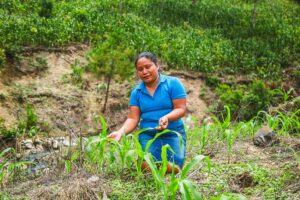Guatemalan Nutritionists Trained in Key Tool to Strengthen Decision-Making in Child Nutrition
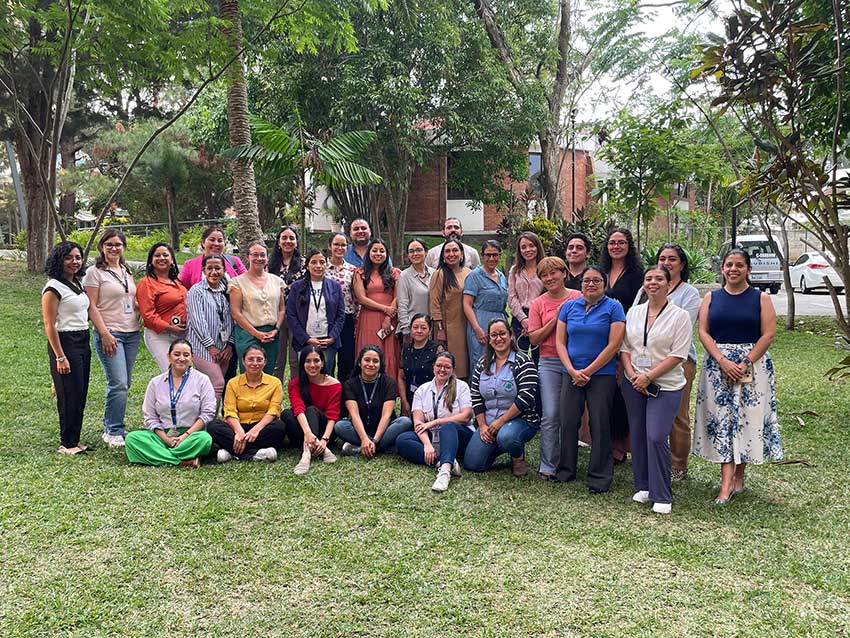
- This training will improve data analysis and the response to malnutrition in Guatemala
On May 20 and 22, two training sessions were held in Guatemala City and Totonicapán, aimed at nutritionists and departmental directors from the Ministry of Public Health and Social Assistance (MSPAS), with the support of CATIE (Tropical Agricultural Research and Higher Education Center), as part of the second phase of the National Nutrition Information Platform Project (PiNN), implemented with support from the European Union. The training aimed to strengthen the use of the Nutrition Situation Room digital platform.
This platform enables the systematic centralization, analysis, and visualization of nutritional data for children under five years old, facilitating a more precise and timely local response. In the case of Totonicapán (1 Health Area and 9 Districts), the processing time for non-automated data is reduced from 6,072 hours to just 228 hours per month, streamlining a six-step procedure into a single step to generate the Situation Room. This advancement not only significantly optimizes the work of technical staff but also represents an economic saving of Q432,456 per year, allowing more resources and time to be allocated to data analysis and interpretation for evidence-based decision-making; nationwide, this savings amounts to approximately Q16.7 million.

Unload in PDF
A total of 62 officials (59 women and 8 men) participated, representing the Departmental Directorates of Integrated Health Service Networks (DDRISS) and nutritionists from MSPAS Municipal Health Districts.
One of the topics that sparked the most interest was the discussion on coverage parameters, understood as indicators that measure the percentage of the target population that has received key health and nutrition interventions. These parameters not only quantify progress but also reveal gaps or delays in care, facilitating informed decision-making and timely strategy adjustments.
According to Maira Ruano, consultant for the PiNN Project, this approach will help assess the real reach of health and nutrition services in each territory, promoting more effective actions at the municipal and departmental levels.
It is worth noting that this tool was developed in response to a need identified in Totonicapán through the question cycle methodology implemented by the PiNN Project, demonstrating how local demands can lead to solutions with national impact.
Furthermore, the Nutrition Situation Room has been institutionalized through the implementation of technical, regulatory, and IT procedures within the Ministry of Public Health and Social Assistance, which ensures technical, financial, and institutional sustainability, noted Eng. Eduardo Say, PiNN Project coordinator.
This initiative was made possible thanks to the joint efforts of CATIE and MSPAS, through the Vice Ministry of Primary Health Care (VAPS), the Food and Nutrition Security Program (PROSAN), the Information Technology Directorate (DTI), and CATIE through the PiNN Phase II Project.
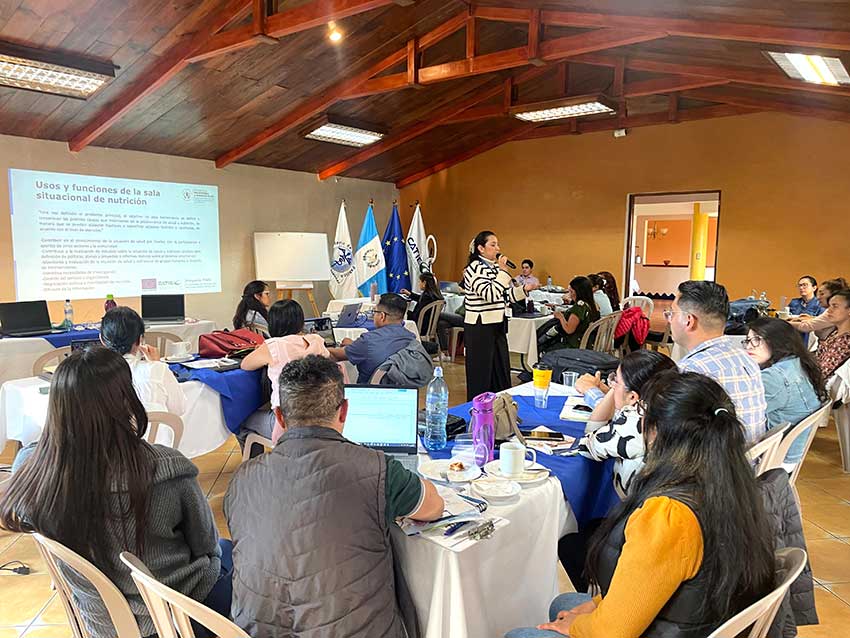
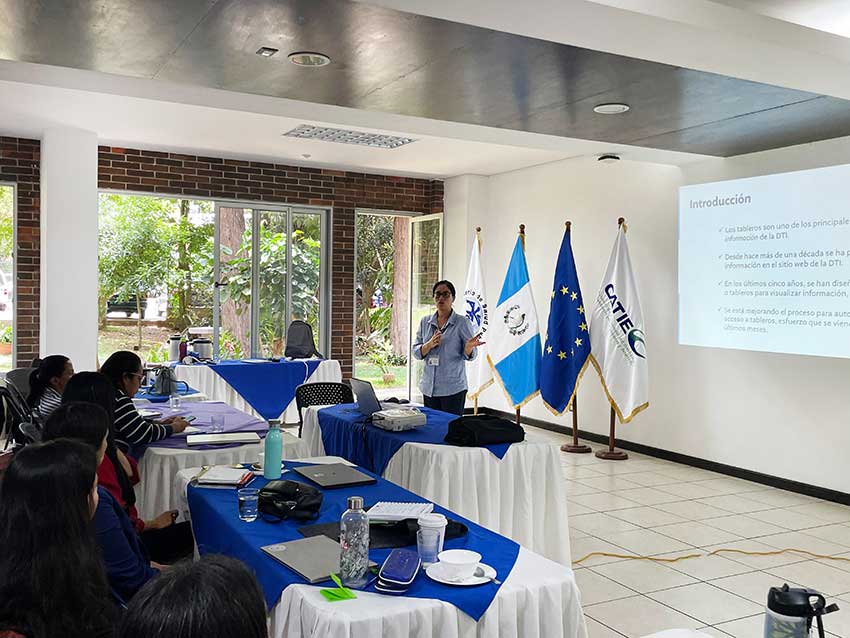
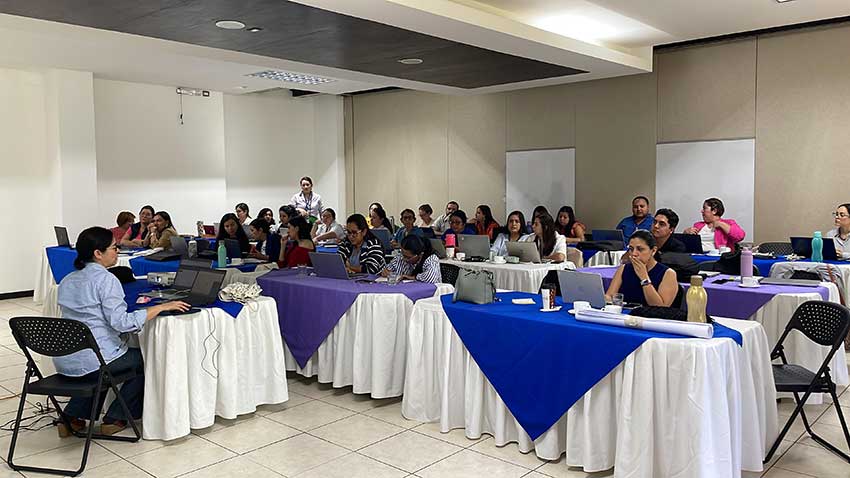
More information:
Ing. Eduardo Say
Coordinator
PINN Project CATIE
Guatemala
esay@catie.ac.cr
Written by:
Karla Madrigal Pereira
Communicator
Communications and Marketing Office
CATIE
karla.madrigal@catie.ac.cr


